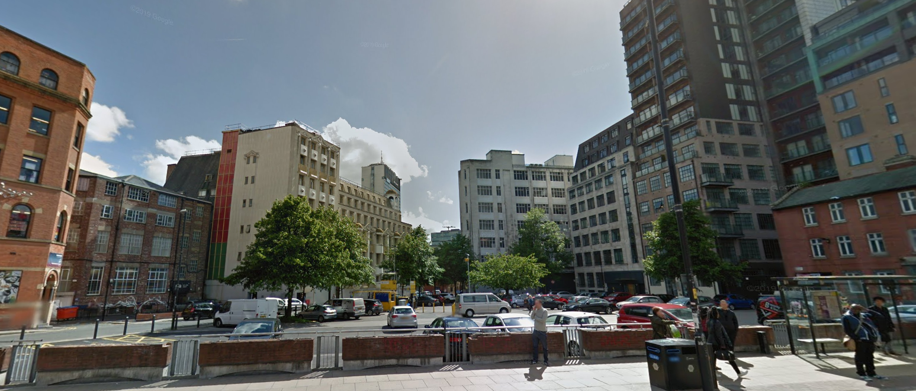Expert Analysis on Right to Light Laws
In the realm of property development, comprehending the details of light access regulations is essential for developers and homeowners. A light entitlement survey serves as a key resource in maneuvering through these difficult legislations, ensuring that participants are informed of their legal entitlements and obligations. With metropolitan areas becoming increasingly dense, the value of access to natural light has become more significant, making light entitlement assessments a critical component of every development project.
As urban areas change and new builds rise, the potential for disputes over light access increases. Realizing the value of these evaluations can help mitigate legal conflicts and encourage positive relations between neighboring residents. This article delves into the many dimensions of light entitlement assessments, ranging from their historical context and litigation background to the practical implications for urban planning and development. We will explore why ordering a right to light survey is more than a protective step, but a considered decision that can shield investments and means of living alike.
Comprehending Right to Light
Right to light is a lawful concept that provides property owners the entitlement to receive natural light through specified openings in their buildings. This right is originated from common law and is typically established when a property has enjoyed uninterrupted access to light for a certain period, typically around 20 years. If a project obstructs this light, property owners may have grounds to challenge the development on the basis of their right to light.
The significance of right to light cannot be overstated, particularly for property developers. Ensuring that a new build or expansion does not intrude on neighboring properties' light can prevent costly legal disputes and project delays. Developers must be mindful of how right to light considerations can influence planning permissions and overall project feasibility, as local councils often take these rights into account when granting approvals.

In a wider sense, comprehending the implications of right to light is important for harmonizing the interests of developers and neighbors. While development is crucial for urban growth, respect for existing rights fosters community relationships and sidesteps potential conflicts. This mutual respect ensures that developments can advance smoothly while protecting the well-being and rights of the surrounding properties.
Legal Considerations and Implications
Comprehending the legal implications of right to light is essential for both property developers and adjacent property owners. The doctrine of right to light recognizes that owners of properties have a legal entitlement to receive light through defined openings, typically windows. If a development blocks this light, impacted neighbors may pursue legal action. It’s essential for developers to understand the statutory frameworks governing right to light, such as the 1832 Prescription Act, which allows for the establishment of light rights based on prolonged use over certain durations.
When engaging in property development, it is sensible to take into account potential legal disputes that can arise from infringements of light rights. These disputes can result in costly setbacks and modifications to planned projects. Legal solutions for these violations can range from court orders to compensation agreements, which requires careful preparation to reduce risks. Addressing right to light issues early in the development process helps establish a clear understanding of legal obligations and reduce conflict with neighbors.
In addition to compliance with right to light laws, developers must also be aware of how planning permission interacts with light rights. While obtaining planning permission indicates that a development meets local regulations, it does not ensure that light rights will not be violated. Engaging with legal experts in right to light evaluations can be important, offering developers with insights to manage potential legal issues and ensure successful project outcomes while honoring the rights of neighboring property owners.
Survey Process and Effective Strategies
Performing a Right to Light survey requires a systematic approach to determine the likely impact of planned developments on neighboring properties. The process typically starts with an initial site visit where surveyors collect data on existing light conditions, property layouts, and surrounding structures. This site inspection is essential for precisely determining the present conditions of light access and identifying any potential obstructions that future developments might create. Following the survey, advanced tools and techniques are employed to assess the data, including 3D modeling and shadow studies, which provide a detailed understanding of how light interacts the environment.
Best practices for executing a Right to Light survey include involving experienced professionals who have expertise in light assessments. Having https://postheaven.net/formmine0/case-studies-successful-right-to-light-survey-outcomes -versed right to light expert on your team can aid handle the challenges of regulatory requirements and technical requirements. It is also crucial to keep informed with relevant guidelines, such as the Building Research Establishment (BRE) guidelines, which outline acceptable light distribution standards. A joint approach that includes dialogues with affected neighbors early in the process can also assist reduce potential objections and encourage a more amicable resolution to any light-related disputes.
Once the survey results are compiled, clients can look forward to receiving a detailed Daylight and Sunlight report that presents findings, methodologies, and recommendations. This report serves not only as a key document for planning applications but also as an essential tool in talks with neighbors who may have rights to light rights. By being active and following to recommended practices throughout the survey process, developers can build positive relationships with interested parties, lessen the risk of legal disputes, and secure easier project implementation.